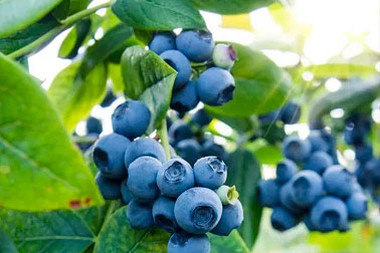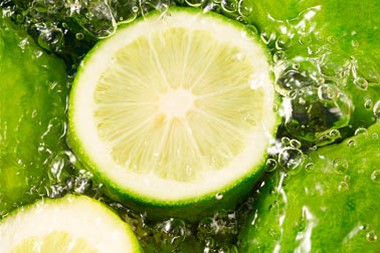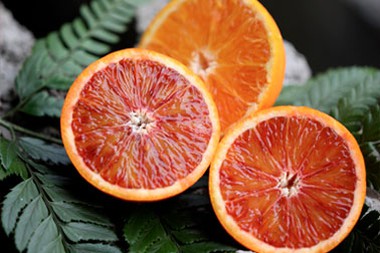Exploring the Significance of Morinda Root Powder in Traditional Chinese Medicine
Introduction
In the realm of Traditional Chinese Medicine (TCM), the use of natural remedies and herbs has been a cornerstone for promoting health and vitality for thousands of years. One such remarkable ingredient is it, which holds a special place in TCM due to its diverse applications and potential benefits. Known by its Chinese name, this herbal substance has gained attention not only in China but also around the world for its therapeutic properties.
The Chinese Name for it
The Chinese name for it is "巴戟天粉" (bā jǐ tiān fěn). Morinda root is commonly referred to as "巴戟天" (bā jǐ tiān) in Chinese, and when processed into a powdered form, it becomes "巴戟天粉" (bā jǐ tiān fěn). This name encapsulates the essence of the plant and its conversion into a fine, usable form.
Botanical Background
it is derived from the root of the Morinda officinalis plant, which belongs to the Rubiaceae family. This perennial plant is native to China and is also known as "Indian mulberry" due to the appearance of its fruit, which resembles that of the mulberry tree. The root of Morinda officinalis has been recognized for its medicinal potential, and it has been a staple in TCM formulations for centuries.
Traditional Uses
In TCM, it is revered for its ability to invigorate the kidneys and strengthen the Yang energy, an essential concept in Chinese medicine. It is believed that the herb possesses properties that can support vitality, enhance physical endurance, and promote overall well-being. Additionally, it is often used to address conditions related to kidney deficiencies, such as lower back pain, fatigue, and impotence.
Modern Applications
The recognition of it is not confined to traditional practices. In recent years, it has garnered interest in the field of health and wellness outside of China. The potential benefits of it have prompted research into its antioxidant, anti-inflammatory, and immune-modulating properties. As a result, it has found its way into various dietary supplements and natural health products in international markets.
Preparation and Administration
To create it, the roots of the Morinda officinalis plant are harvested, cleaned, dried, and then ground into a fine powder. This powder can be consumed in various ways, such as being mixed with water or incorporated into other herbal formulations. TCM practitioners often customize prescriptions based on individual needs and conditions.
Cultural and Ethical Considerations
The use of it extends beyond its medicinal value. It is also deeply rooted in Chinese culture and tradition. As with many TCM herbs, the sustainable sourcing and ethical harvesting of morinda root are important considerations to ensure the preservation of the plant and its ecosystem.
Conclusion
it, known as "巴戟天粉" (bā jǐ tiān fěn) in Chinese, holds a significant place in Traditional Chinese Medicine. Its historical use and modern exploration of potential health benefits have solidified its importance in both traditional practices and contemporary health approaches. As awareness of its properties grows, this herbal remedy continues to bridge the gap between ancient wisdom and modern science, embodying the holistic essence of TCM.

Exploring the Advantages of it
Introduction
it, derived from the Morinda citrifolia plant, has gained significant attention in the health and wellness industry due to its potential benefits. This natural remedy has been traditionally used in various cultures and is believed to offer a range of advantages for human well-being. In this article, we will delve into the potential benefits of it, covering its diverse applications and effects on various aspects of health.
1. Rich in Nutrients
it is a rich source of essential nutrients such as vitamins, minerals, and antioxidants. It contains significant amounts of vitamin C, vitamin E, B vitamins, potassium, magnesium, and calcium. These nutrients play crucial roles in maintaining overall health, supporting immune function, and promoting optimal cellular functioning.
2. Anti-Inflammatory Properties
Studies suggest that it contains compounds with anti-inflammatory properties. These compounds may help in reducing inflammation in the body, which is often associated with chronic diseases such as arthritis and cardiovascular issues. Incorporating it into one's diet might contribute to managing inflammation and potentially alleviating related discomfort.
3. Immune System Support
The presence of antioxidants in it, such as flavonoids and beta-carotene, can contribute to bolstering the immune system. Antioxidants combat free radicals in the body, which are linked to various health problems. By supporting the immune system, it may aid in reducing the risk of infections and supporting the body's defense mechanisms.
4. Digestive Health
Traditional practices have employed it to promote digestive health. The powder is believed to have mild laxative effects and may aid in regularizing bowel movements. Additionally, it might help soothe digestive discomfort and support a healthy gut environment.
5. Energy and Vitality
Some proponents of it suggest that it can enhance energy levels and overall vitality. The nutrients in the powder, such as B vitamins and minerals, contribute to optimal energy metabolism in the body. While scientific research on this aspect is limited, anecdotal evidence highlights potential benefits in boosting energy.
6. Skin Health
it is often incorporated into topical products due to its potential benefits for the skin. It may possess anti-inflammatory and antioxidant properties that can contribute to maintaining healthy and youthful-looking skin. Some skin care products utilize it to address issues such as acne and inflammation.
7. Stress Management
Certain compounds in it have been suggested to have adaptogenic properties, meaning they might help the body adapt to and manage stress more effectively. While research in this area is ongoing, traditional uses of it in stress management are noteworthy.
8. Blood Sugar Regulation
Preliminary studies have indicated that it might have a role in regulating blood sugar levels. Compounds in the powder could potentially assist in maintaining steady blood sugar levels, though more research is needed to establish its efficacy in this regard.
Conclusion
it presents a range of potential benefits, from its nutrient-rich composition to its anti-inflammatory and immune-boosting properties. While traditional uses and anecdotal evidence provide promising insights, it's essential to note that scientific research on some of these benefits is still evolving. As with any supplement or natural remedy, consulting a healthcare professional before incorporating it into one's routine is advisable. Its diverse applications make it a subject of ongoing interest in the health and wellness industry.
Contact us:selina@ciybio.com.cn



